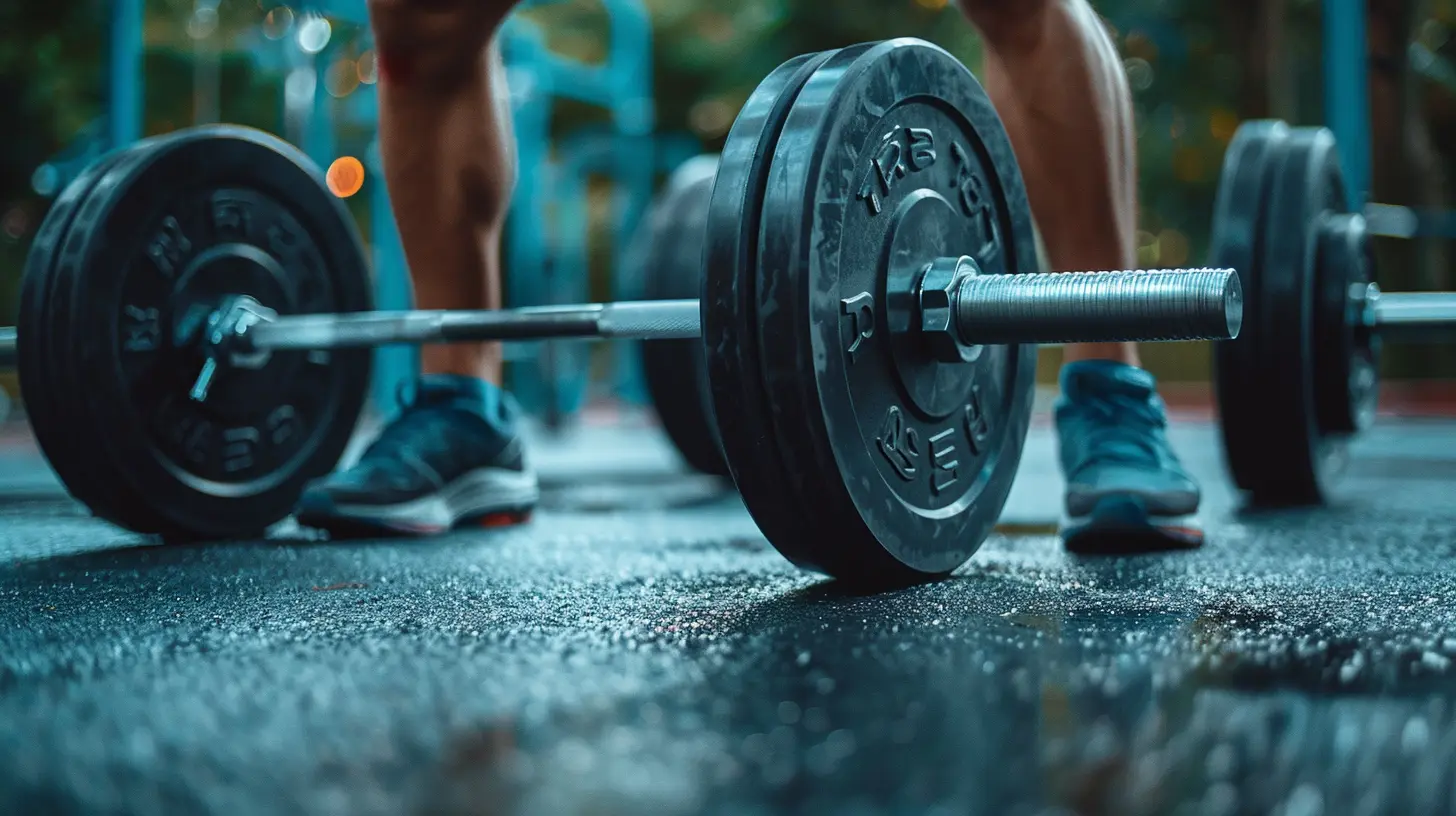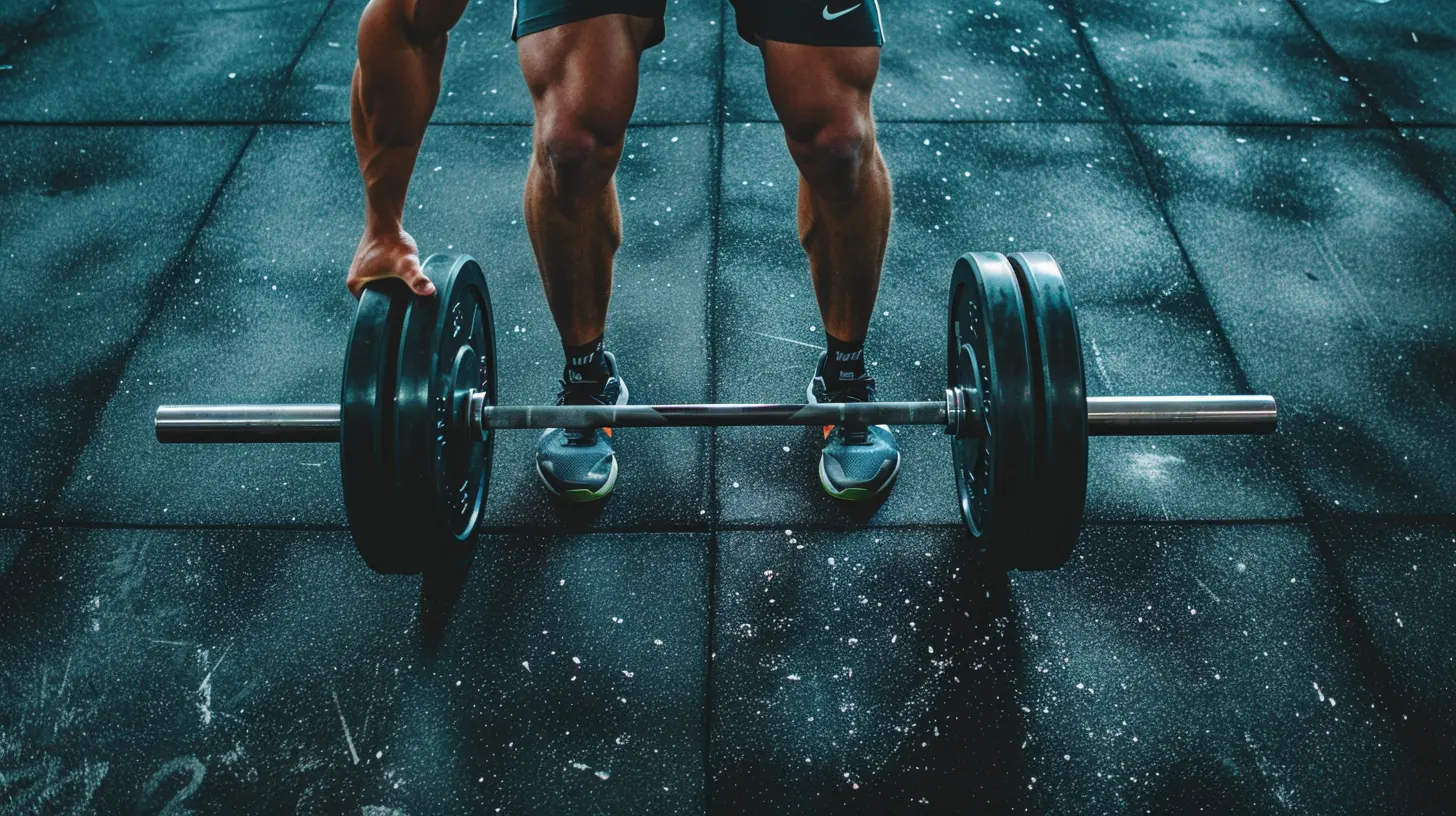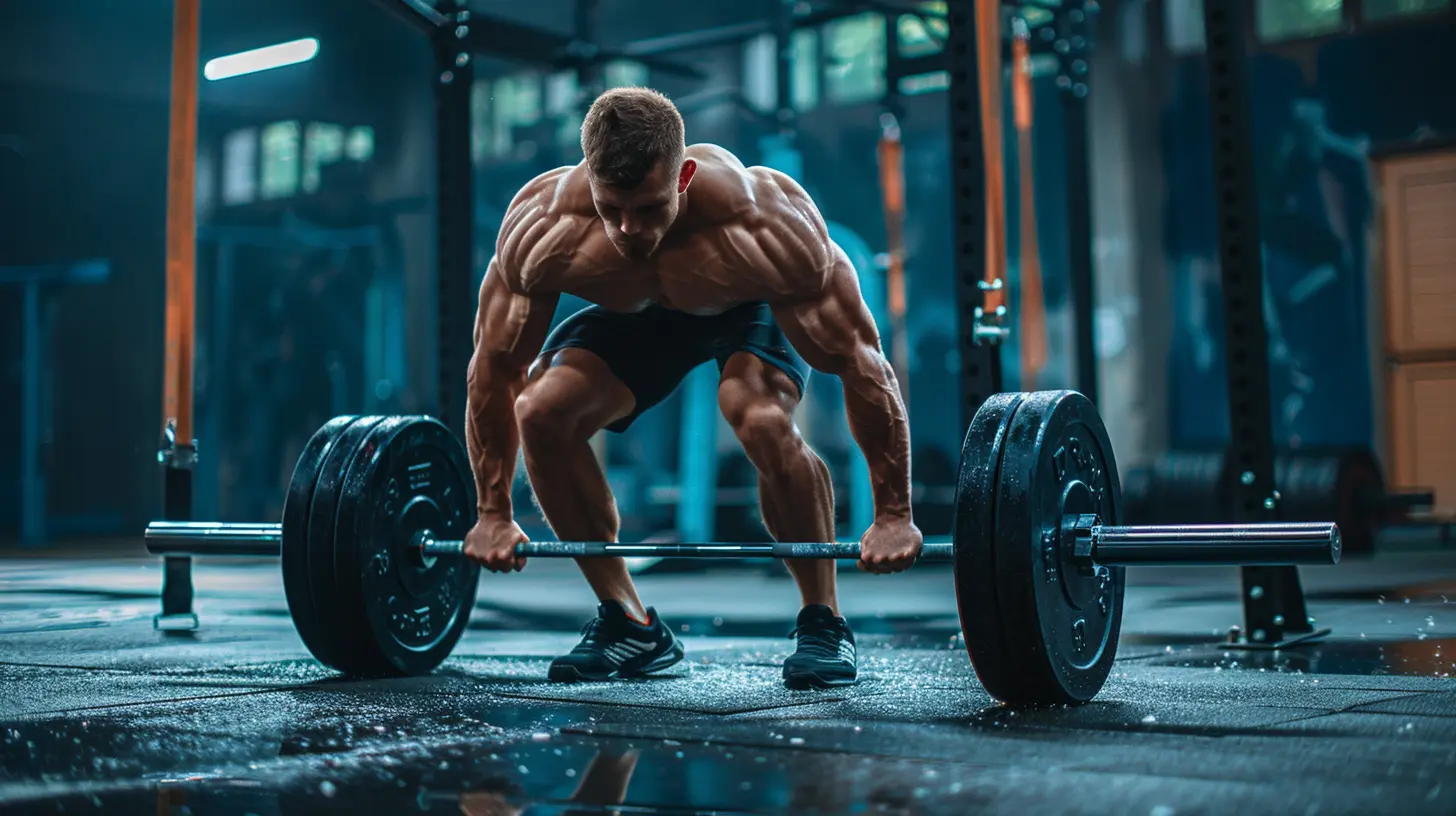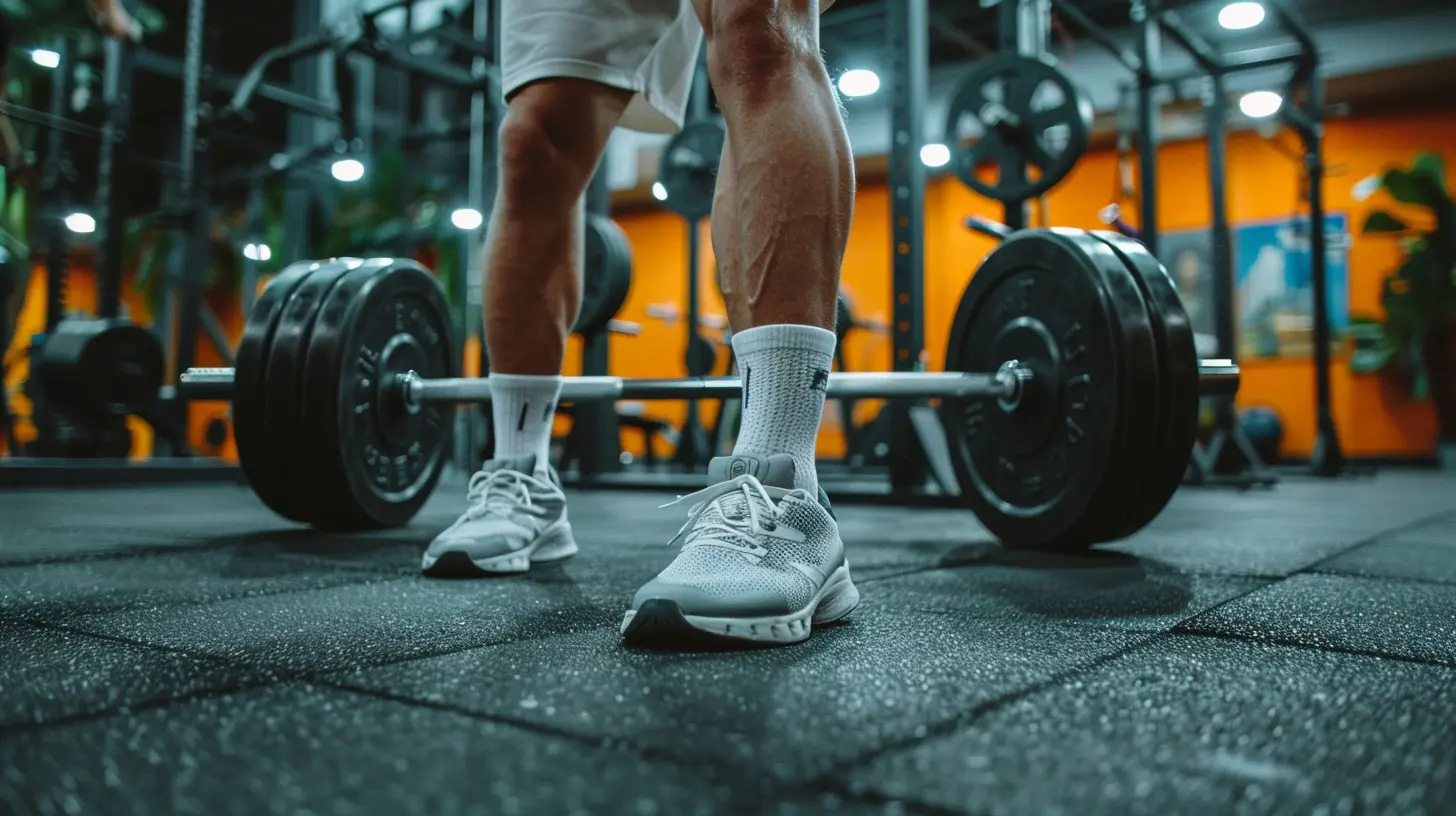Strength Training for Enhanced Athletic Performance
3 August 2025
When it comes to sports and athletic performance, strength training isn’t just about lifting heavy weights or building bulky muscles. It’s a game-changer that enhances speed, agility, endurance, and overall power. Whether you're a sprinter, swimmer, or soccer player, incorporating strength training into your routine can take your performance to the next level. But how exactly does it work, and what’s the best way to do it? Let's dive in! 
Why Strength Training Matters for Athletes
Strength training isn't just for bodybuilders—it’s a crucial part of any athlete's training program. Improving muscular strength benefits nearly every aspect of sports performance, from speed and endurance to injury prevention and recovery.Here’s why strength training is essential for athletes:
- Improved Power & Speed – Stronger muscles generate more force, which means better sprinting speed, faster agility, and explosive movements.
- Enhanced Endurance – Greater muscular efficiency leads to less fatigue, allowing you to sustain peak performance for longer.
- Injury Prevention – Strengthening muscles, tendons, and ligaments reduces the risk of common sports injuries like sprains and strains.
- Better Stability & Balance – A strong core and stabilizer muscles improve balance and coordination, helping you stay agile in unpredictable game situations.
Now that we know why strength training is crucial, let’s dive into the best strategies for maximizing results. 
Key Principles of Strength Training for Athletes
To get the most out of strength training, you need to train smart. Following key principles ensures steady gains while reducing the risk of overtraining or injury.1. Progressive Overload
If you want to improve, you must continuously challenge your muscles by increasing resistance over time. Whether through heavier weights, more reps, or higher intensity, your body adapts to stress and grows stronger.2. Functional Movements
Athletes should focus on exercises that mimic real-game movements. Squats, lunges, deadlifts, and plyometrics translate directly to dynamic sports actions like jumping, sprinting, and quick directional changes.3. Compound Exercises Over Isolation
Instead of solely working on one muscle group with isolation exercises (like bicep curls), compound movements (such as squats, deadlifts, and bench presses) engage multiple muscles at once, making them more effective for athletic performance.4. Balance Between Strength & Mobility
Lifting heavy is essential, but flexibility and mobility are just as crucial. Strength without mobility can lead to stiffness and decreased range of motion, which can hinder performance.5. Adequate Recovery
Training hard is important, but rest is where the magic happens. Your muscles grow and repair during recovery, so don’t skip rest days, and always prioritize quality sleep.
Best Strength Training Exercises for Athletes
Now that we’ve covered the basics, let’s look at the top strength exercises that athletes should focus on.1. Squats (Back & Front)
Squats are a powerhouse exercise that build leg and core strength, improving explosive power for sprinting and jumping.How to do it:
- Stand with feet shoulder-width apart.
- Lower your body by bending your knees and keeping your chest up.
- Push through your heels to return to the starting position.
2. Deadlifts
One of the best all-around strength exercises, deadlifts improve posterior chain strength (hamstrings, glutes, and lower back), which is crucial for athletic power.How to do it:
- Stand with feet hip-width apart and grip a barbell or dumbbells.
- Keep your back straight as you hinge at the hips and lower the weight.
- Squeeze your glutes and return to a standing position.
3. Lunges
Lunges develop unilateral leg strength, balance, and stability—critical for sports that require quick directional changes.How to do it:
- Step forward with one leg, lowering your hips until both knees are at 90-degree angles.
- Push off your front leg to return to the starting position.
4. Pull-Ups
A great upper-body exercise for strengthening the back, shoulders, and arms, pull-ups enhance grip strength and overall endurance.How to do it:
- Grip a pull-up bar with palms facing away.
- Pull yourself up until your chin is above the bar.
- Lower yourself down with control.
5. Plyometric Training (Box Jumps, Bounds, & Depth Jumps)
Plyometrics improve explosive power, which is essential for sports like basketball, football, and sprinting.How to do it:
- Perform box jumps by jumping onto a sturdy box and landing softly.
- Use bounds or depth jumps to develop reactive strength for sprinting and agility. 
Strength Training Based on Sport
Different sports require different approaches to strength training. Here’s how to train based on your sport:For Sprinters & Runners
- Focus on lower body strength with squats, lunges, and deadlifts.- Incorporate plyometrics to improve explosive speed.
For Basketball & Soccer Players
- Work on leg endurance and core stability with squats, lunges, and rotational exercises.- Add agility drills and plyometrics to improve quick movements.
For Swimmers
- Upper body strength is key—pull-ups and lat exercises are beneficial.- Core training enhances stability and body control in the water.
For Football & Rugby Players
- Full-body strength is crucial—bench presses, deadlifts, and power cleans will build explosive power.- Strong core muscles help with tackling, stability, and injury prevention.
Common Strength Training Mistakes Athletes Should Avoid
Even the best training program can go to waste if you make these common mistakes:1. Ignoring Warm-Ups & Mobility
Jumping straight into heavy lifting can lead to injury. Always start with dynamic stretches and mobility drills.2. Overtraining Without Recovery
Training too hard without rest can lead to burnout and injuries. Make sure you give your muscles time to recover.3. Neglecting Core Strength
A weak core can limit power and stability. Include planks, Russian twists, and hanging leg raises in your routine.4. Poor Nutrition & Hydration
Strength training requires the right fuel. Eat enough protein, healthy fats, and carbs to support muscle growth and recovery.5. Compromising Form for Heavy Weights
Lifting heavy is great, but bad form can lead to injuries. Always prioritize proper technique over ego-lifting.Final Thoughts
If you’re an athlete looking to unlock your full potential, strength training is non-negotiable. It’s not just about building muscle—it’s about gaining explosive power, increasing endurance, and preventing injuries. Focus on progressive overload, compound movements, and recovery to see real improvements.Remember, strength training is a long-term game. Be consistent, train smart, and watch your performance soar to new heights. Ready to get stronger? It’s time to hit the gym and give it your all!
all images in this post were generated using AI tools
Category:
Strength TrainingAuthor:

Tiffany Foster
Discussion
rate this article
1 comments
Elidi Carrillo
Thank you for this insightful article! It's refreshing to see the emphasis on strength training as a key component for athletes. Your tips on incorporating various techniques are practical and will surely benefit many looking to enhance their performance.
August 22, 2025 at 3:16 AM

Tiffany Foster
Thank you for your kind words! I'm glad you found the article helpful and practical. Wishing you the best in your strength training journey!


